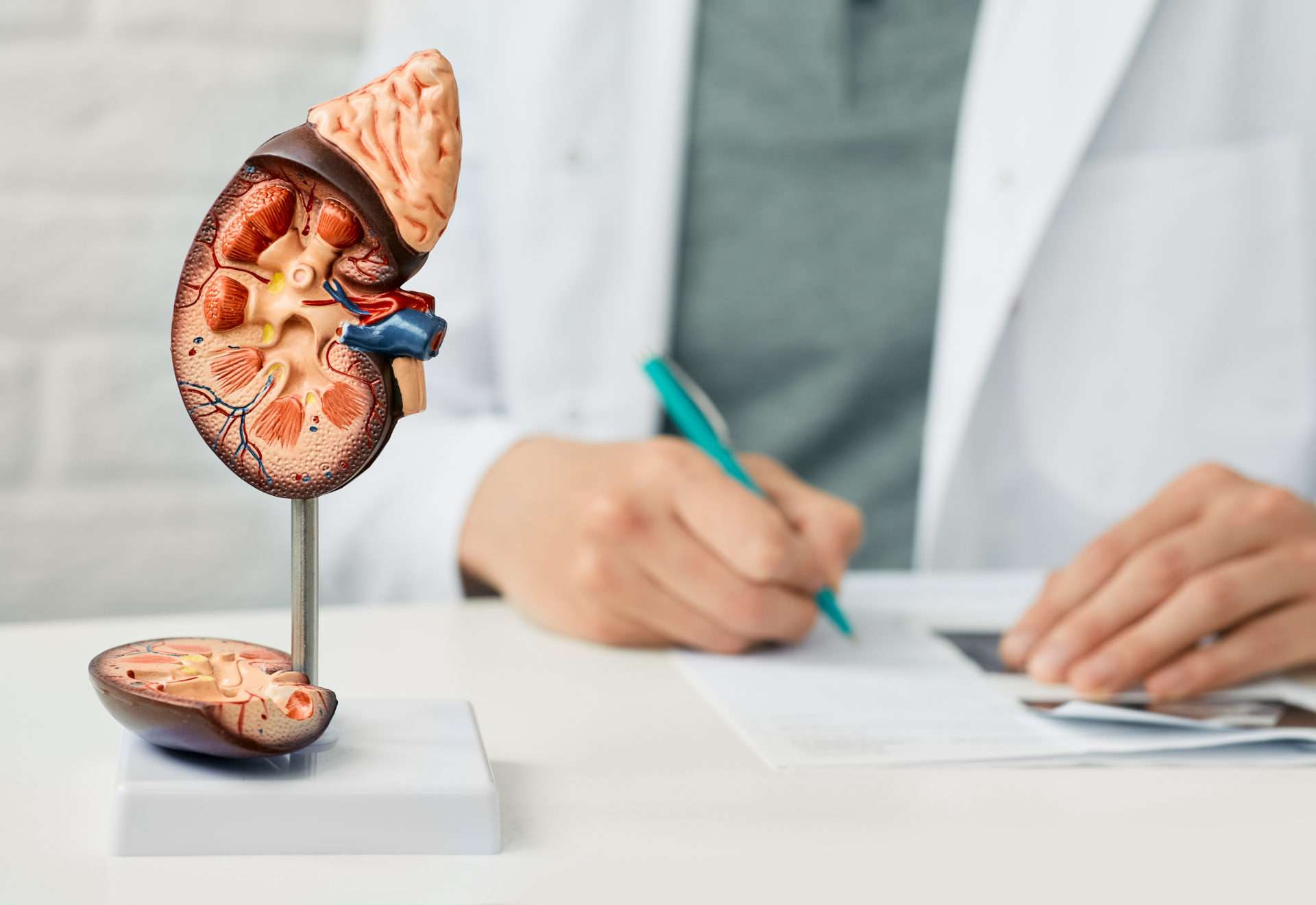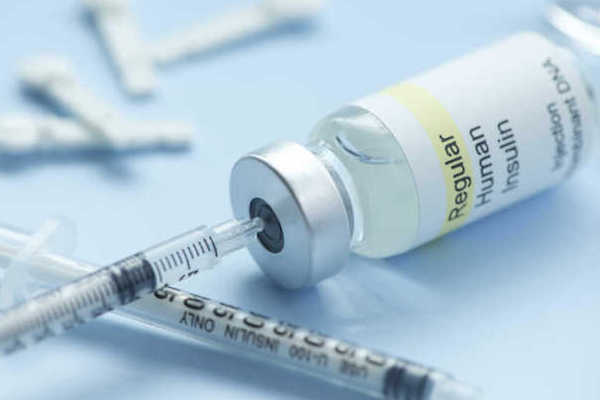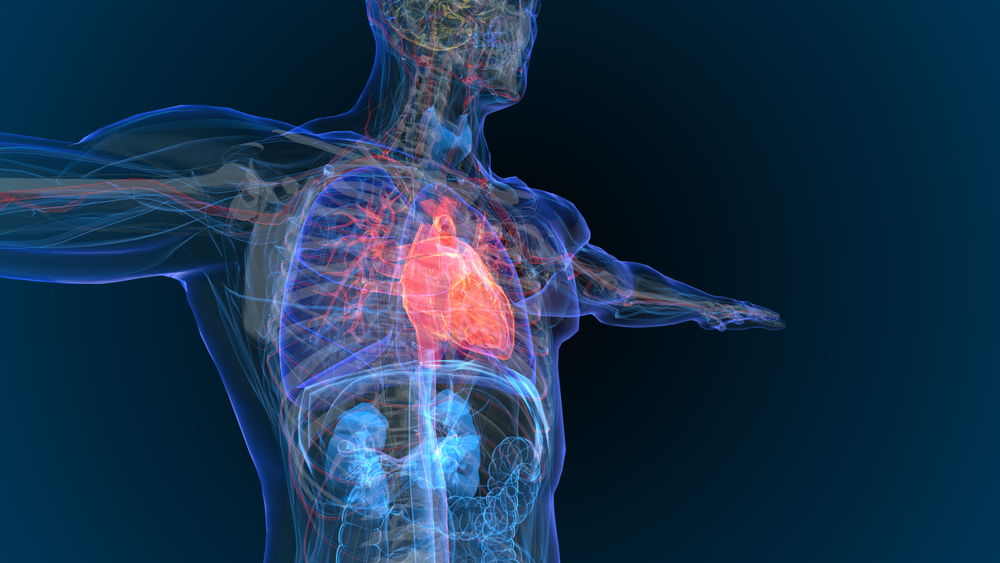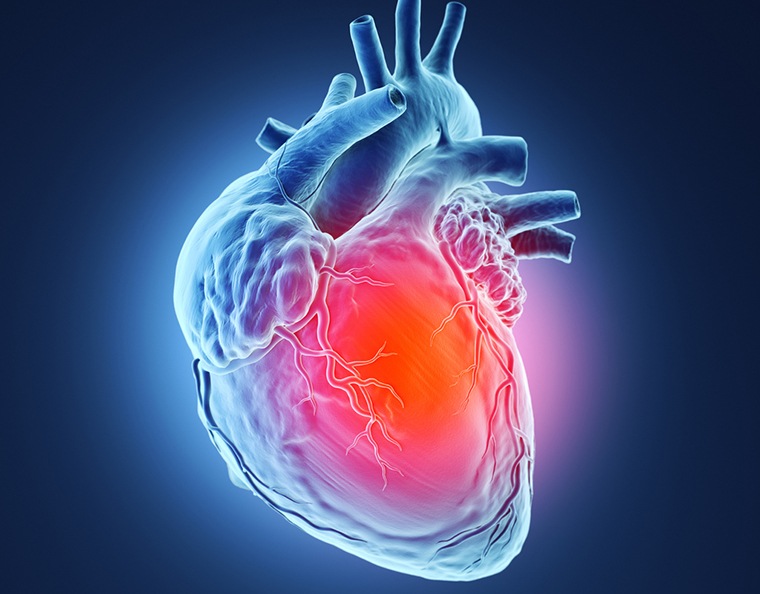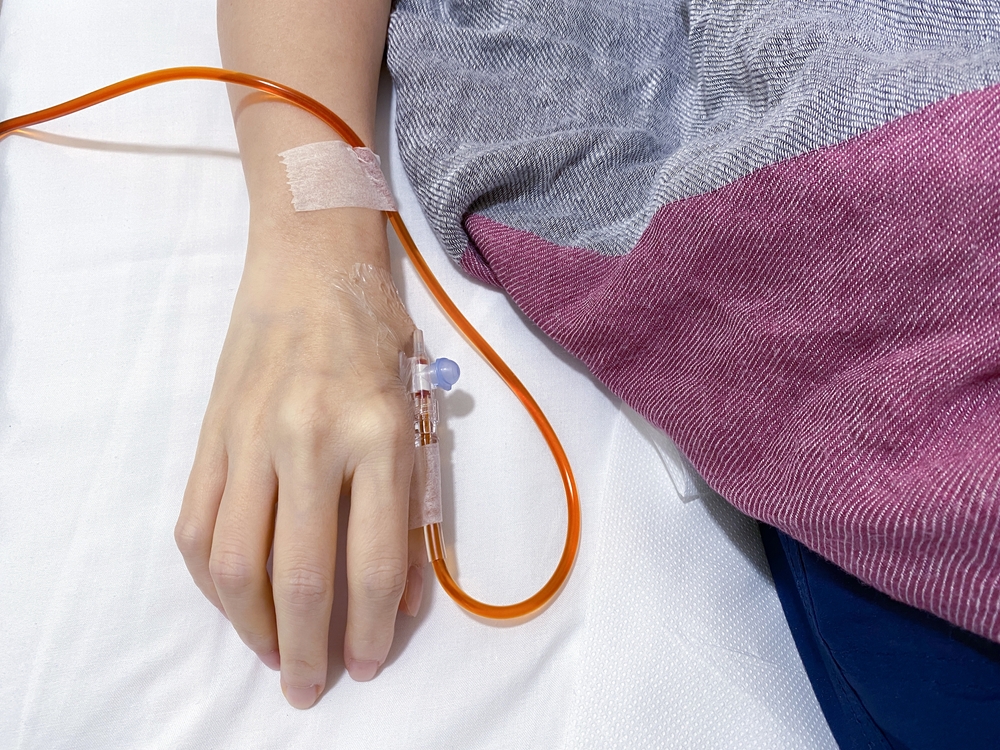A new analysis in JAMA Internal Medicine documents the clinical outcomes of patients admitted with COVID-19 who experienced in-hospital cardiac arrest.
“Before the outbreak of COVID-19, 25% of patients who underwent in-hospital cardiac arrest survived to discharge, with the initial rhythm being nonshockable in 81% of cases,” the authors wrote. “Despite the outbreak causing many deaths, to our knowledge, information on in-hospital cardiac arrest among this subset of patients in the US is lacking.”
The authors looked at patients with a diagnosis of COVID-19 admitted to single center between March 15, 2020 and April 3, 2020, specifically identifying patients who underwent cardiopulmonary resuscitation (CPR) for cardiac arrest. The primary study outcomes of interest were identifying initial cardiac arrest rhythm, time to return of spontaneous circulation, and overall survival to discharge.
A total of 1,309 patients were admitted to the center with COVID-19. According to the analysis, 60 (4.6%) of those patients developed in-hospital cardiac arrest and underwent CPR. After excluding six patients, the final sample size was 54 patients. Arrhythmias were infrequent in the sample. The return to spontaneous circulation occurred in 29 (53.9%) patients, and was achieved with a median time of 8 minutes. Slightly more than half (29; 51.7%) of patients who achieved spontaneous recirculation had a status code changed to do-not-resuscitate. Fourteen patients (48.3%) were recoded, received additional CPR, and died. Median duration of CPR was 10 minutes (interquartile range, 7 to 20 minutes). Survival to discharge was 0 of 54 patients.
The high mortality following CPR is likely multifactorial,” the authors wrote. “The overall survival to discharge before the outbreak was 25%, with it being 11% in patients with a nonshockable rhythm. Given that most of the patients in this study developed a nonshockable rhythm, the outcome was likely to be poor.”
Most patients were black, and the median age was 61.5 years. Many patients were obese, had hypertension, or were diabetic. At the time of cardiac arrest, 43 (79%) of the patients were receiving mechanical ventilation.
“These outcomes warrant further investigation into the risks and benefits of performing prolonged CPR in this subset of patients, especially because the resuscitation process generates aerosols that may place health care personnel at a higher risk of contracting the virus,” the authors wrote in their discussion. “The transmission of severe acute respiratory syndrome coronavirus 1 to health care personnel during CPR has been previously documented. Exposure may be further compounded by the limited supply of personal protective equipment nationwide. Further studies in this area would be beneficial and potentially aid in informing CPR guidelines for this patient population.”
Credit: Original article published here.


